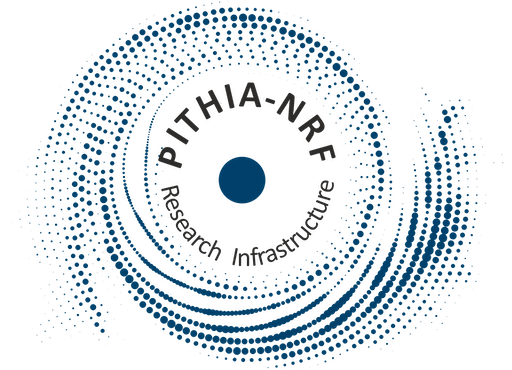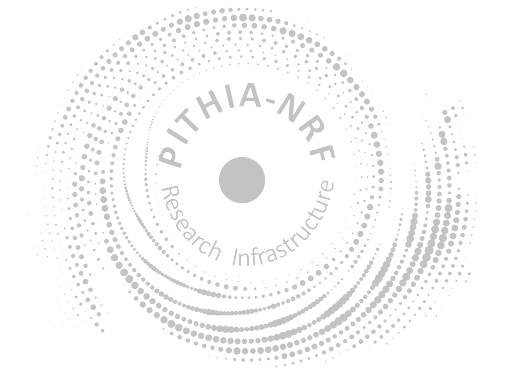<?xml version="1.0" encoding="UTF-8"?>
<ComputationCapabilities xmlns="https://metadata.pithia.eu/schemas/2.2" xmlns:xsi="http://www.w3.org/2001/XMLSchema-instance" xmlns:mrl="http://standards.iso.org/iso/19115/-3/mrl/1.0" xmlns:gco="http://standards.iso.org/iso/19115/-3/gco/1.0" xmlns:xlink="http://www.w3.org/1999/xlink" xsi:schemaLocation="https://metadata.pithia.eu/schemas/2.2 https://metadata.pithia.eu/schemas/2.2/pithia.xsd">
<!--
For those software tools that may be used by any data provider, use as namespace: pithia
-->
<identifier>
<PITHIA_Identifier>
<localID>ComputationCapabilities_OE_B0B1_qModel</localID>
<namespace>oe</namespace>
<version>1</version>
<creationDate>2023-04-28T13:00:00Z</creationDate>
<lastModificationDate>2023-04-28T13:00:00Z</lastModificationDate>
</PITHIA_Identifier>
</identifier>
<name>B0B1_qModel</name>
<description>
The B0B1 Model calculates the thickness B0 (km) and shape B1 (dimensionless) parameters of the F layer under quiet conditions on the basis of climatological models.
This empirical model has been constructed by using long time series obtained from different world-wide-distributed ionosonde stations.
Spherical harmonic analysis is used as analytical technique for modeling globally the B0 and B1 parameters as general functions on a spherical surface.
By using the predicted smoothed sunspot number and the newest IGRF coefficients at any location distributed among the used range of latitudes (70N–50S).
Model parameters can be computed either to reproduce already observed values or to perform predictions until December 2029.
</description>
<!--
A list of the "capabilities" of the procedure: a description (dimensionality, units) for each observed property that this process can evaluate.
The dimensionalityInstance describes the data domain of the single instance of the measured observed property (1D.point, 1D.Profile, 2D.Map, 2D.image..).
The dimensionalityTimeline describes the timeline of the measured observed property (e.g. Timeseries, Animation,...).
-->
<capabilities>
<processCapability>
<name>B0B1_qModel</name>
<observedProperty xlink:href="https://metadata.pithia.eu/ontology/2.2/observedProperty/ProfileShapeParameter_B0"/>
<dimensionalityInstance xlink:href="https://metadata.pithia.eu/ontology/2.2/dimensionalityInstance/2DMap"/>
<dimensionalityTimeline xlink:href="https://metadata.pithia.eu/ontology/2.2/dimensionalityTimeline/1DTimeseries"/>
<units xlink:href="https://metadata.pithia.eu/ontology/2.2/unit/km"/>
</processCapability>
</capabilities>
<dataLevel xlink:href="https://metadata.pithia.eu/ontology/2.2/dataLevel/L4"/>
<type xlink:href="https://metadata.pithia.eu/ontology/2.2/computationType/EmpiricalModel"/>
<version/>
<softwareReference/>
<processingInput/>
<!-- Use ESPAS-inspired design of processingInput and InputOutput types to specify all required input parameters for this computation -->
<processingInput>
<InputOutput>
<!-- Provide only name and description, no values: this field describes the process, not the observation result.
If this processingInput is a parameter that has specific value for the whole collection, use om:parameter field of the DataCollection
document to define such NamedValue, point its NamedValue.name to this name below, and use NamedValue.value to set the value -->
<name>Sunspot number</name>
<description>
<mrl:LE_Source>
<mrl:description><gco:CharacterString>
Sunspot number
</gco:CharacterString></mrl:description>
</mrl:LE_Source>
</description>
</InputOutput>
</processingInput>
<processingInput>
<InputOutput>
<!-- Provide only name and description, no values: this field describes the process, not the observation result.
If this processingInput is a parameter that has specific value for the whole collection, use om:parameter field of the DataCollection
document to define such NamedValue, point its NamedValue.name to this name below, and use NamedValue.value to set the value -->
<name>IGRF coeficients</name>
<description>
<mrl:LE_Source>
<mrl:description><gco:CharacterString>
IGRF coeficients
</gco:CharacterString></mrl:description>
</mrl:LE_Source>
</description>
</InputOutput>
</processingInput>
<algorithm/>
</ComputationCapabilities>

